Will succulent leaves survive after planting? Turn it over quickly and let it lie on its side. The s
Last Update :2024.12.24
Article Catalog
The key to successful leaf transplantation - break off the leaves
The key to the survival of leaf cuttings—matching soil
The key to successful leaf cuttings - placement
The key to the survival of leaf cuttings—maintenance
Spring is here, everything is coming back to life, and the demon will definitely lead you to become a demon. Bah, bah, bah, he will lead you to grow more meat! Speaking of leaf-planting, Yaoyao has received a lot of failure cases recently, but don’t be discouraged. Today Yaoyao will teach you the correct leaf-planting posture, and get ready to go!
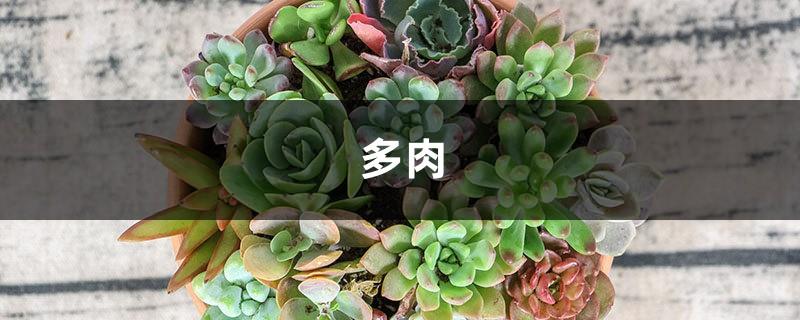 The key to successful leaf transplantation - break off the leaves
The key to successful leaf transplantation - break off the leaves
The key to the survival of leaf cuttings - breaking off the leaves
Leaf cuttings always fail, either because they turn into water or they don’t take root. Most likely it’s because you didn’t break off the leaves properly and damaged the budding point.
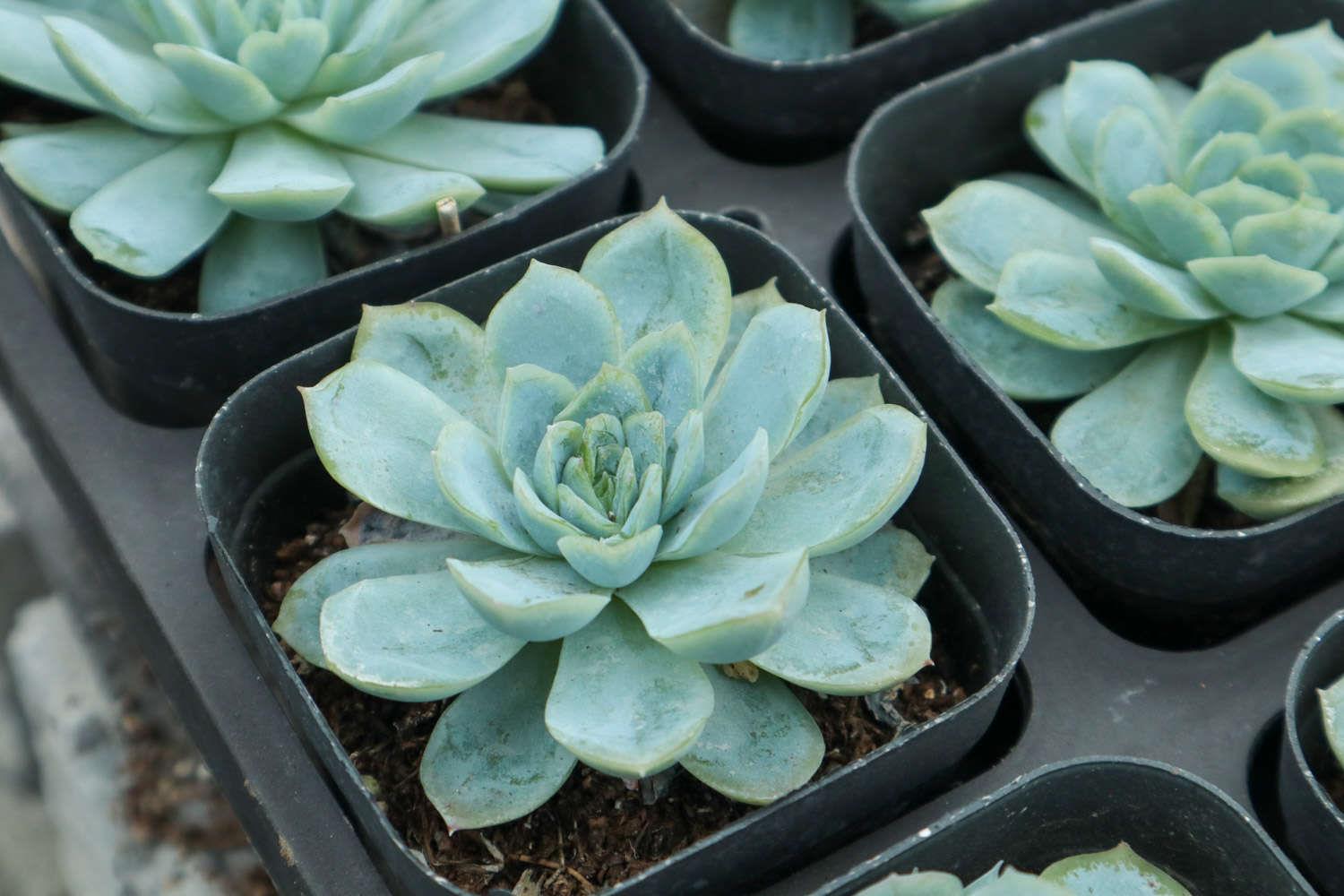
Breaking leaf posture 1: downward
For succulents with taller poles or succulents that need to be beheaded, we can hold the succulent leaves in our hands and break them off toward the roots. This method will hardly damage the sprouting point.
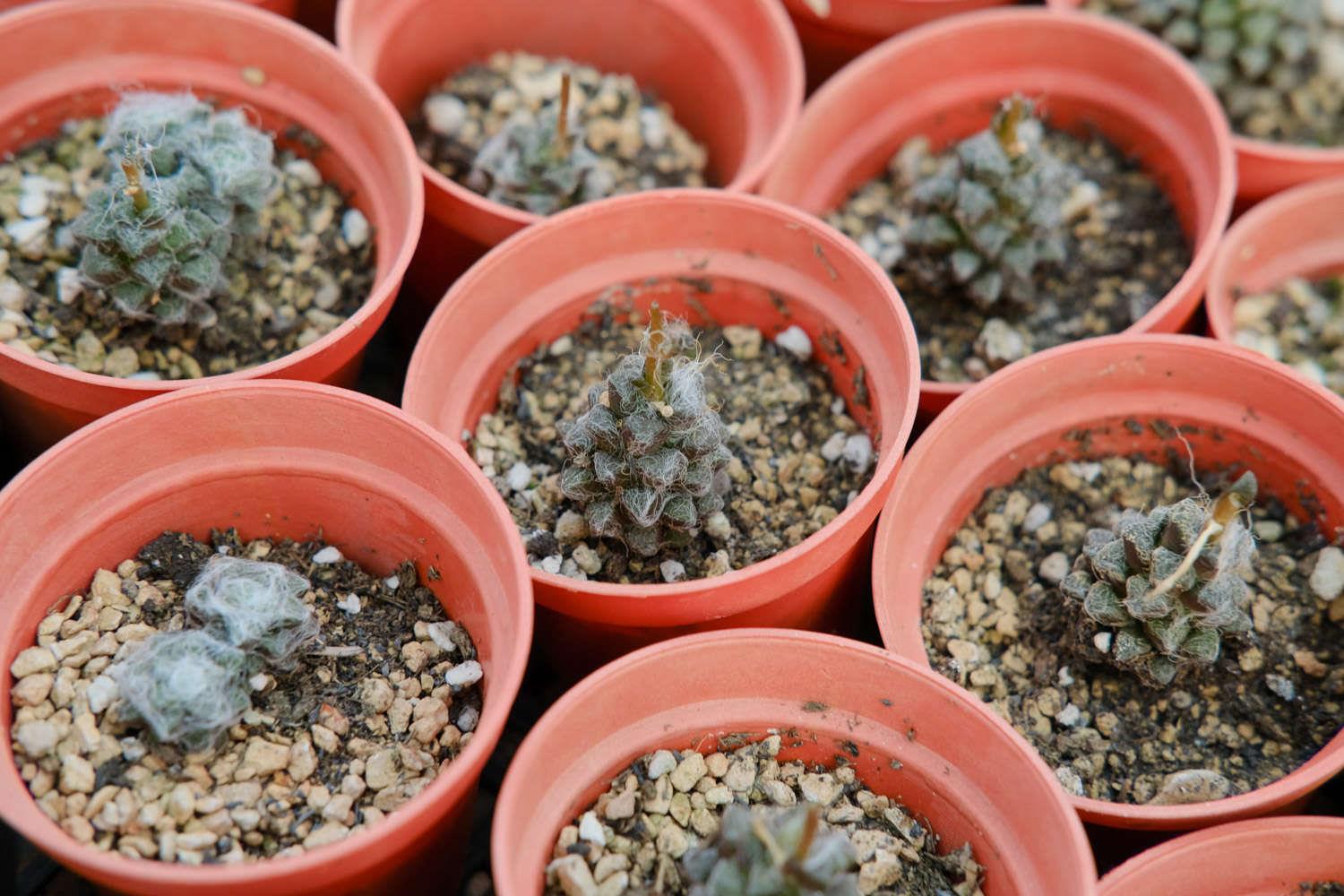
Breaking leaf posture 2: horizontally
< p>For meat without a pole, we can hold the meat leaves in our hands and break them off horizontally clockwise or counterclockwise. It is best to break them off in one direction and do not shake them left and right, otherwise the leaf base will easily become softened.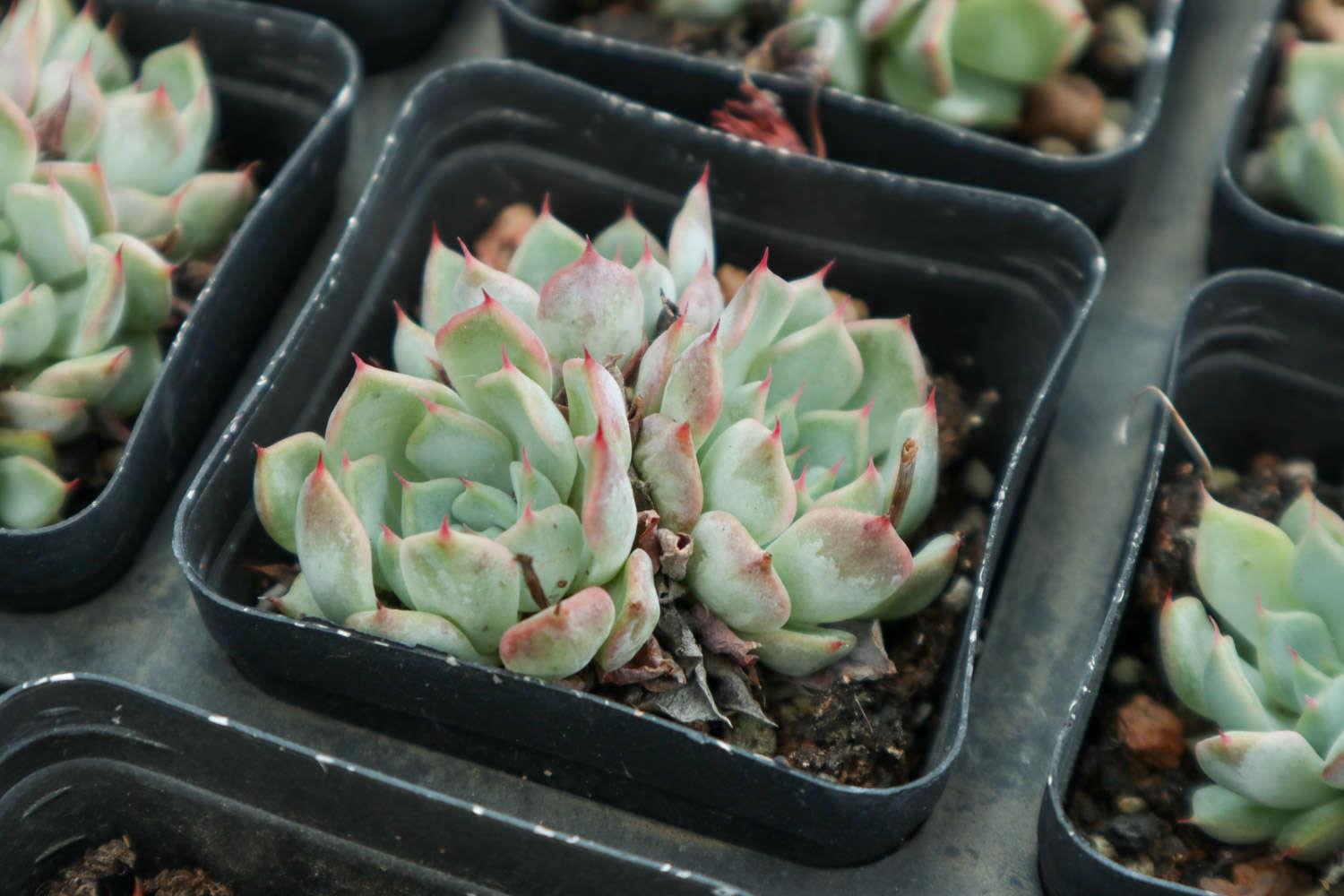
Breaking leaf posture three: using the knife
< p>Some succulents naturally grow strong, but no matter how you do it, they just can’t be cut off completely. Then we can cut them off with a knife (sterilized), and insert some stems directly into the leaves.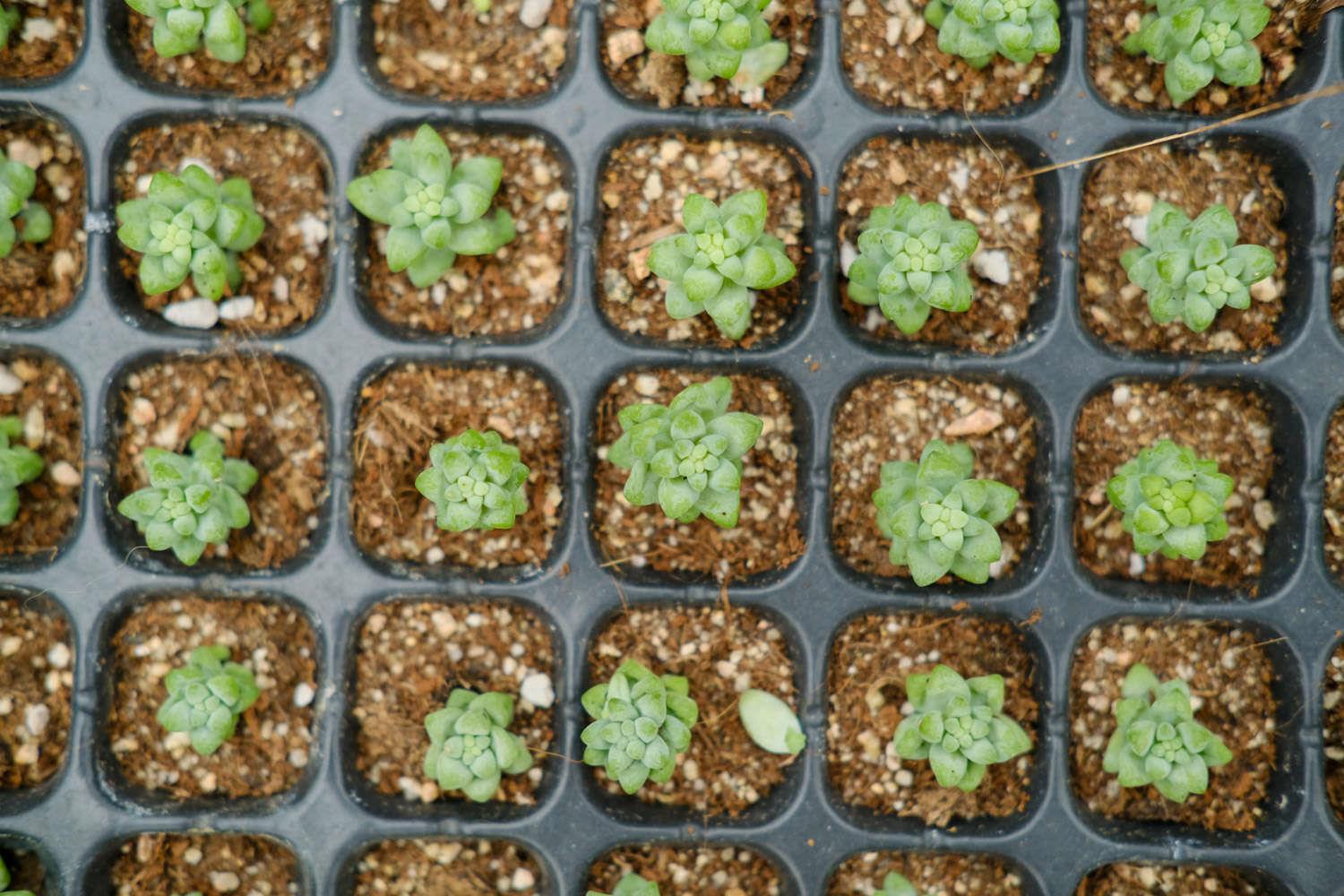
We put the broken succulent leaves in a cool and ventilated place Let it dry for 3 days, let the wound dry before inserting leaves, to avoid water dissolution.
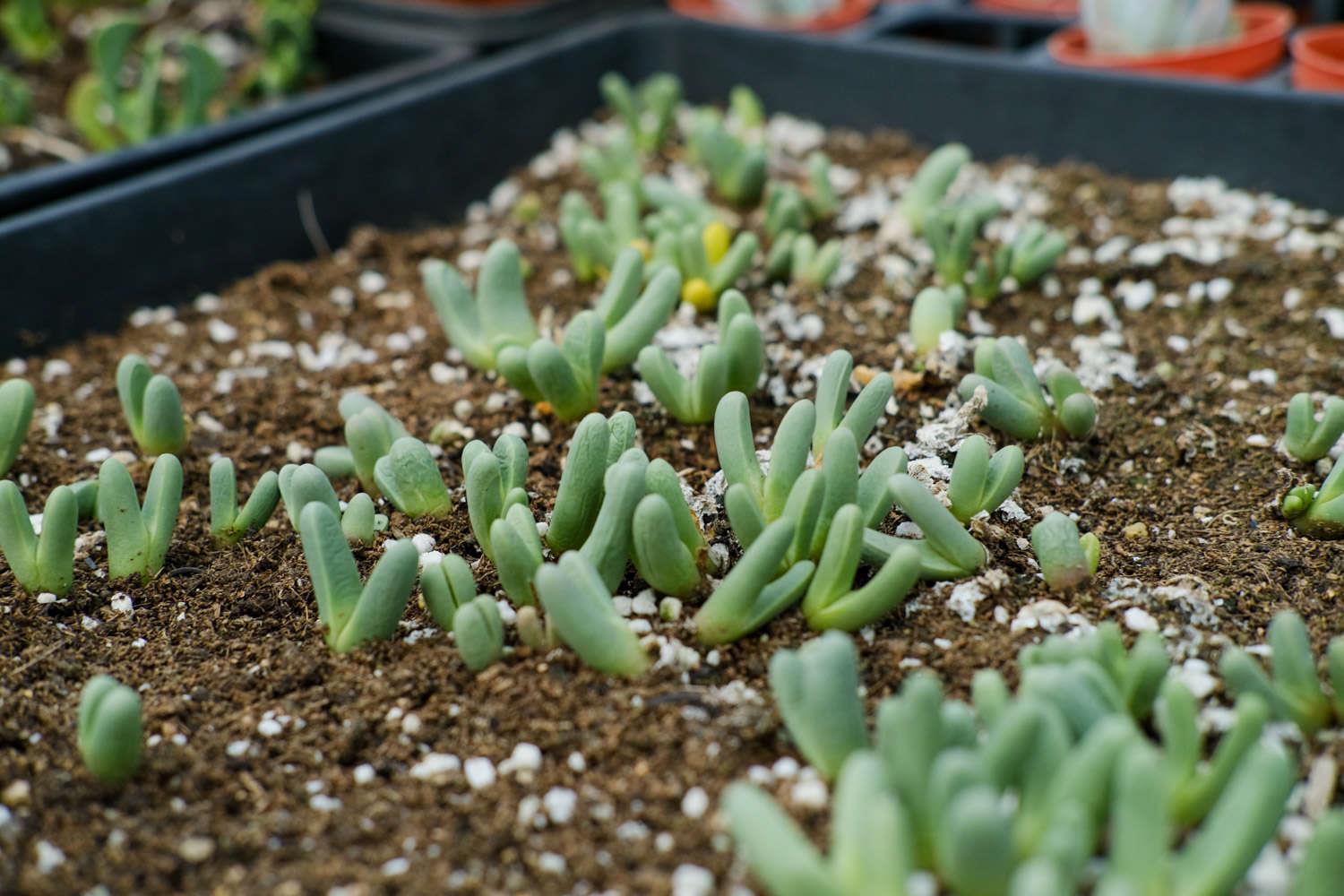
The key to survival of leaf cuttings--mixing soil
Compared with breaking off leaves, there are actually not so many requirements for soil matching. Generally, the bottom of the pot can be padded with a layer of ceramsite, and granular soil can be spread on top, such as Kanuma soil, red jade soil, etc.

After laying the particles, add a layer of vermiculite, like this The combination has better drainage and air permeability, and is also conducive to the rooting of succulent leaves. (No humus available: cinder=6:4)

The soil is well prepared, spray it with a watering can so that no water accumulates, and then place the succulent leaves on the soil surface.

Position 1: Lying flat
< p> It is easy to lay flat and not perishable, and is most suitable for novices. It should be noted that the leaves are facing upward, so that they can take root and sprout while drying.
Position 2: Lying on your side
< p> For thin fleshy leaves, if they lie on their backs for a long time, they will bend and the roots and buds will break away from the surface in minutes. In this case, we can let them lie on their sides.
Position 3: Half-buried
< p>After the succulent leaves take root 1cm, you can use a wooden stick to press a groove on the soil surface, then place the succulent leaves in and cover the petiole with a little soil.
The key to survival of leaf cuttings - maintenance
1. Watering
It is best to wait for the succulents to take root before watering. Usually when the soil surface turns white, spray water immediately, but only under the premise of good ventilation.

2. Light
Not sprouted Don't bask in the sun before, and place it in a dark or astigmatic place. After sprouting, place it in a brightly lit place. After the buds and roots have grown, place it in a relatively sunny location.

The special skill of leaf planting:
Follow the method mentioned above. If you still fail, put the fleshy leaves in a clean box and place them in a diffused light on the balcony. Wait until the leaves take root and sprout before inserting them.

The key to the survival of leaf cuttings—matching soil
The key to successful leaf cuttings - placement
The key to the survival of leaf cuttings—maintenance
- END -
How many kinds of orchids are there?
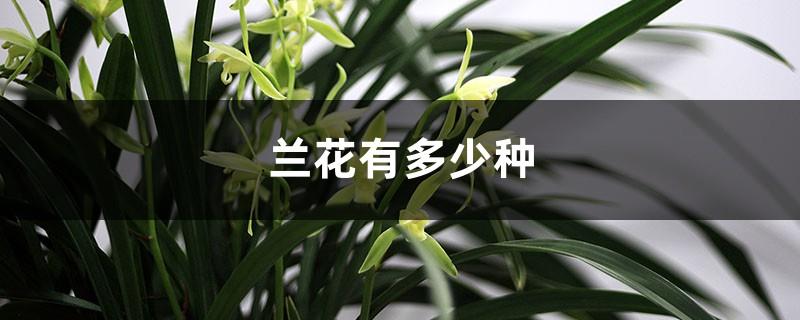
There are a total of 800 genera and more than 2,000 species of Orchidaceae, each o...
Red pepper cultivation methods and precautions

Temperature: Red peppers are not tolerant to low temperatures, and the maintenance...